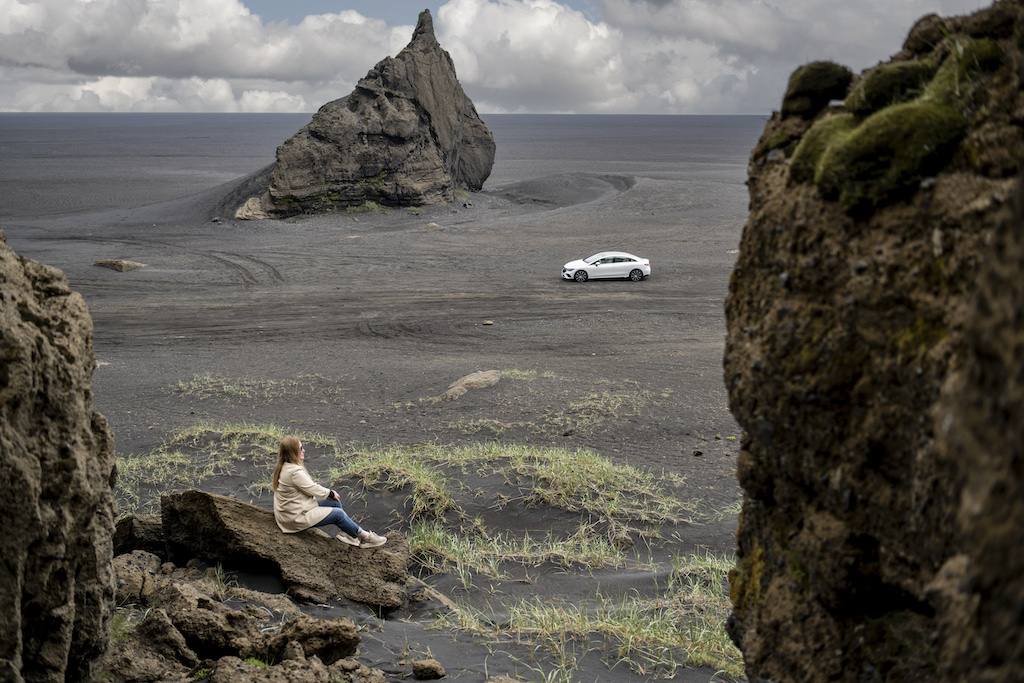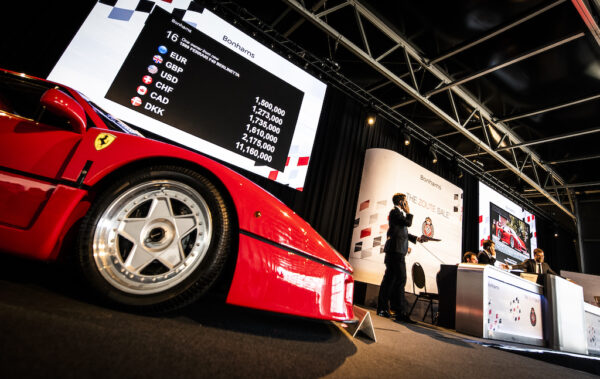No better place in the world than Iceland to test the all-new Mercedes-Benz EQE. The land of geysers, glaciers and volcanoes prides itself on distributing the purest tap water in the world and the air is so pure that you would be embarrassed, should you drive a vehicle with a combustion engine on the roads of this beautiful country. Electric cars make even more sense here than in Europe as Icelanders get all their electricity from geothermal and hydropower plants.
Text Anja Van Der Borght – Pictures Deniz Callagan and WOWwatchers
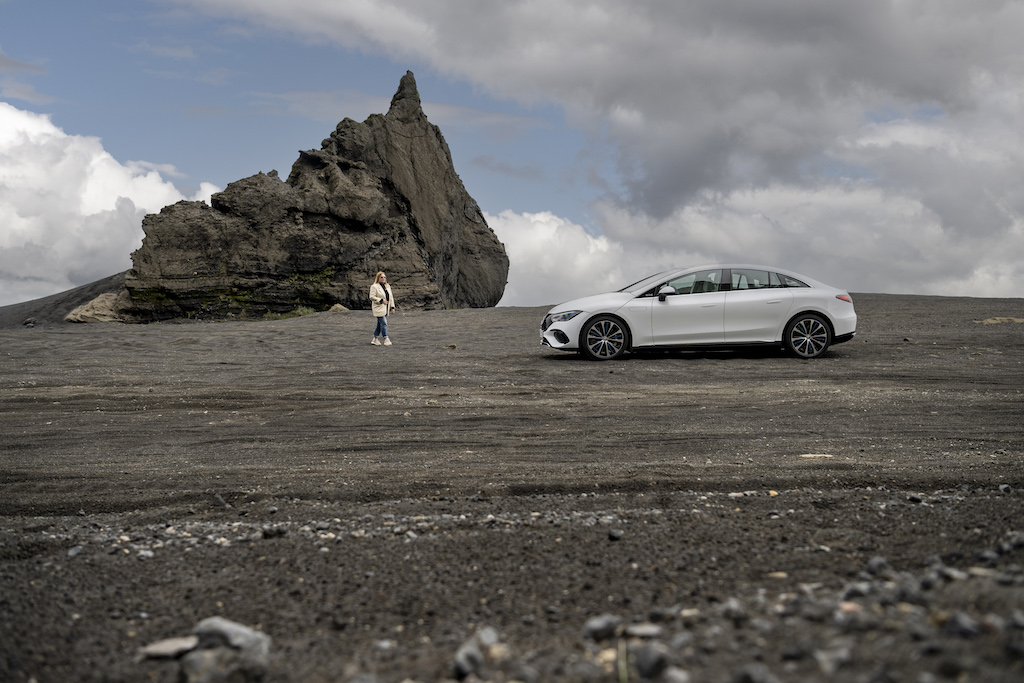
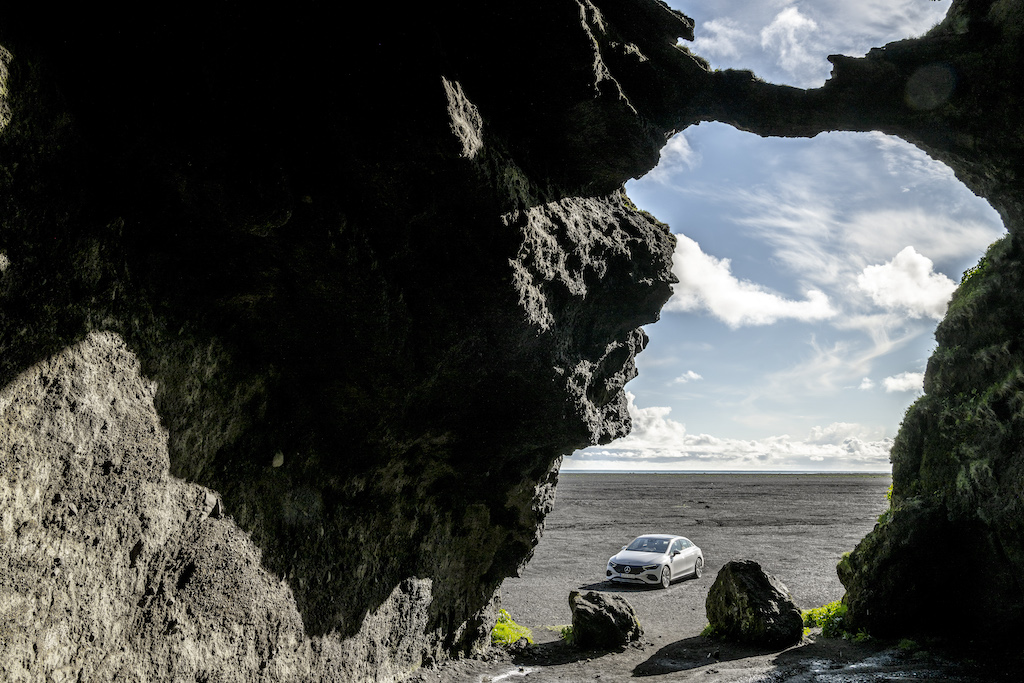
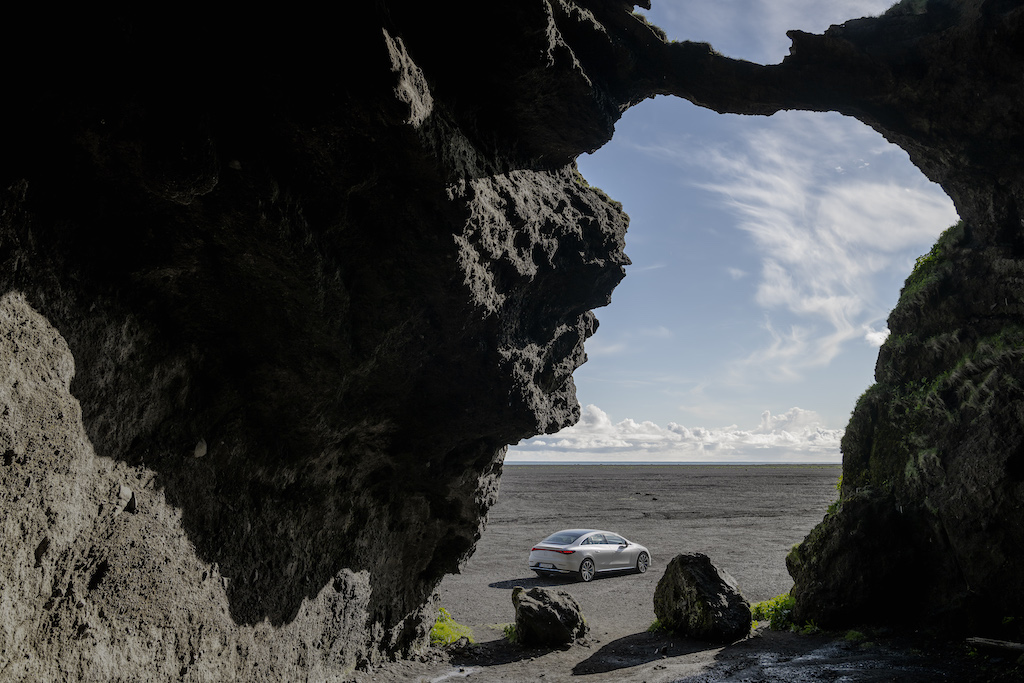
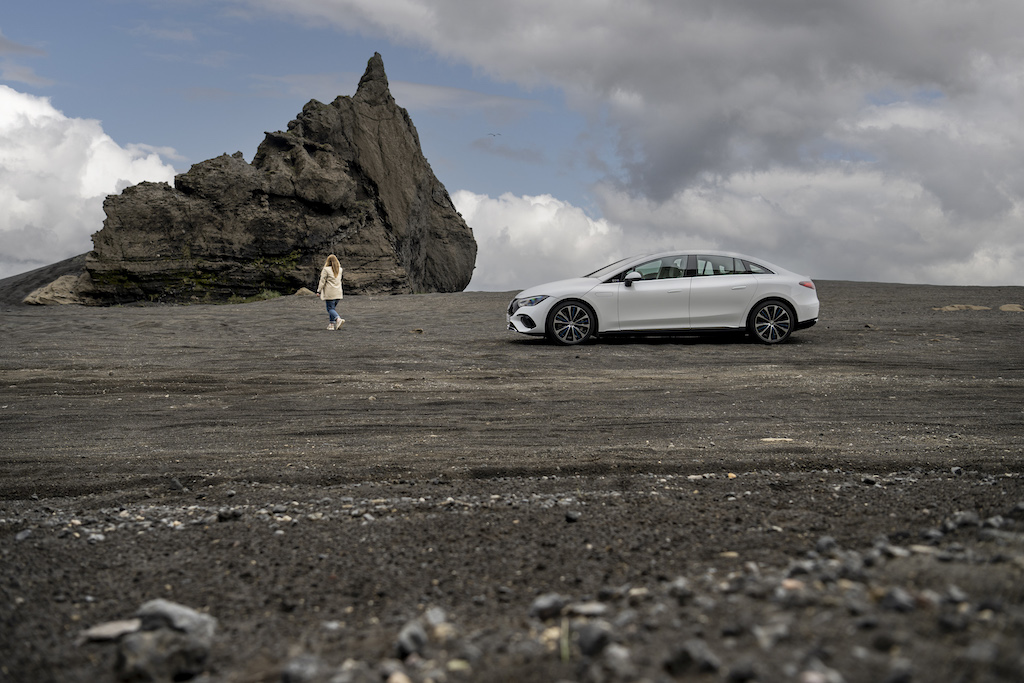
As we drive through a fabulous landscape with rising geyser steam clouds and endless water pipes, we are reminded just how much work we have in our own country when it comes to non-polluting alternative energy sources. In Iceland, renewable energy is omnipresent and Mercedes-Benz’s new EQE is only too happy to make use of it for its propulsion because, like its bigger brother the EQS, the business limousine is fully electric. Yet it is not only under the bonnet that Mercedes-Benz focuses on sustainability. The EQE includes components made of low-alloy steel with a CO2 reduction of more than 60 per cent. “And more than 95 per cent of the components including the EQE’s braking system are made of reusable and recycled materials,” Rahman Tasdemir, Senior Manager Product Management Electric Vehicles, says. “Furthermore, we use raw materials from CO2 neutrally certified suppliers and the car offers several features that allow you to do your bit as a driver too. For example, you can switch off the co-pilot’s screen when he does not wish to use it, but you can also follow suggestions via the instrument panel to drive even more economically. Even optimal charging has been considered by Mercedes-Benz. For example, the car will bring the battery to the ideal charging temperature (25°C on average) when you enter a charging station as your next destination. This allows you to charge faster and more efficiently. All these little things combined will make a world of difference to our planet. And Mercedes-Benz wants to continue making that difference in the future.”
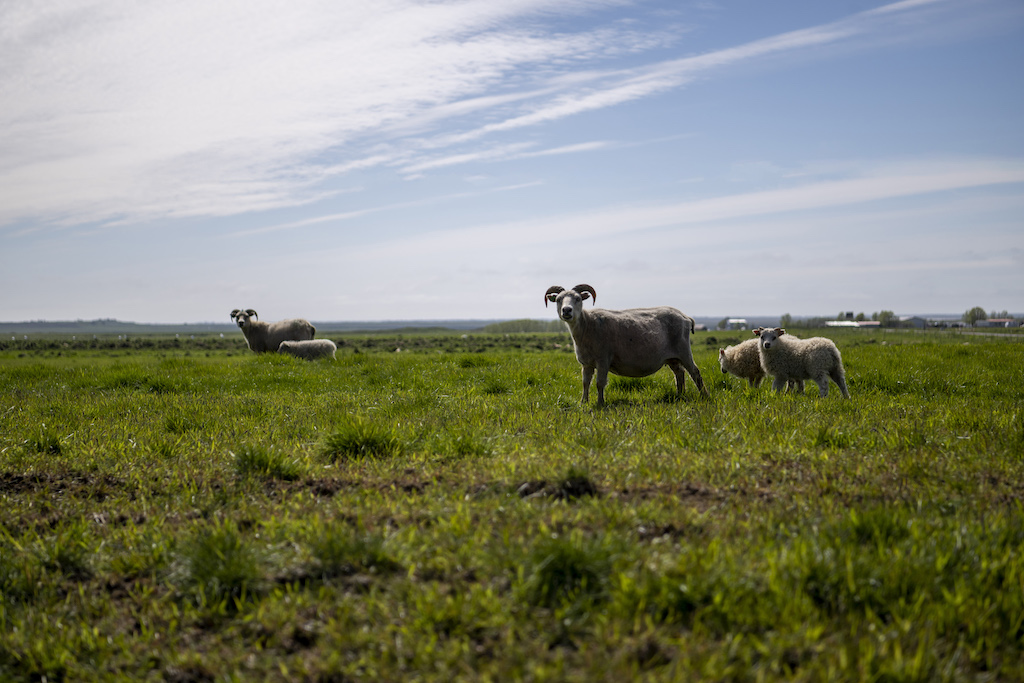
Eva Weckenmann, Expert in Research & Development for Future Interior & Materials at Mercedes-Benz AG can only affirm this: “As part of our path to a fully electric, emission-free future, we are currently rethinking all parts and materials our Mercedes-Benz vehicles are equipped with in the context of sustainability. This does not only apply to surface materials and interior parts, but also to materials that are not visible to the customer. A good example underlining this holistic approach are cable ducts made with the plastic substitute material UBQTM, which we just recently started to integrate as a pilot series into our electric vehicles EQE and EQS. The material is obtained from upcycled mixed household waste such as mixed plastics, cardboards or food waste – materials that are otherwise often thermally processed or end up in landfill, because they have been difficult to recycle so far. We also presented the material in our technology programme VISION EQXX only a few months earlier, so I am very excited that it is now already being integrated into ongoing series production.”


Eva Weckenmann, Expert in Research & Development for Future Interior & Materials at Mercedes-Benz AG: “By chemically recycling used car tyres, we can use them again in our cars, thus closing the cycle. Isn’t that great!”
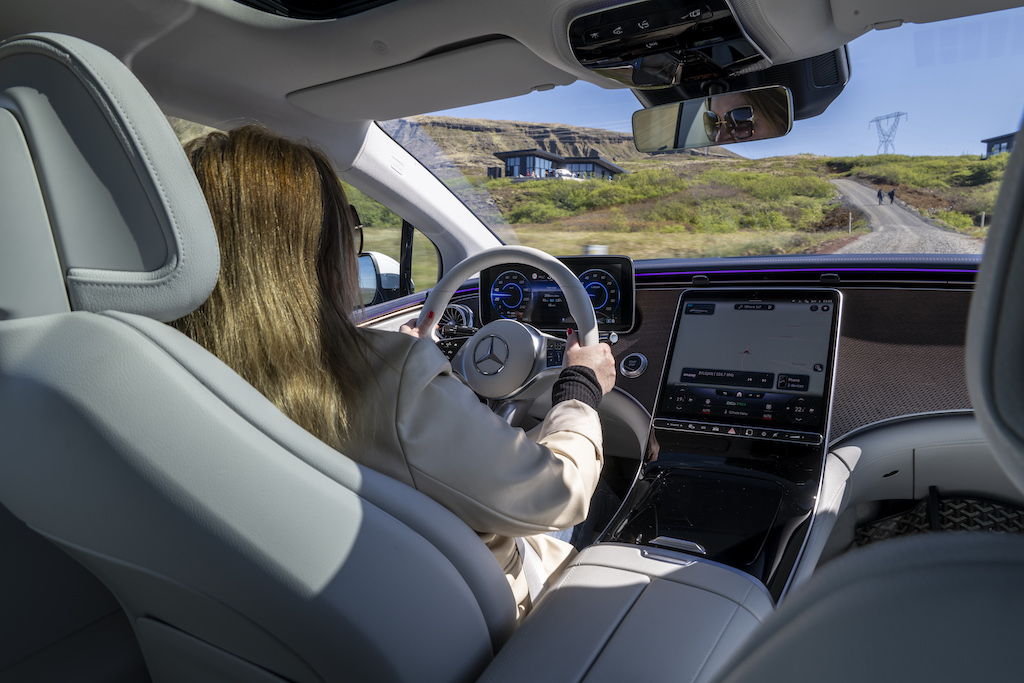
Some car brands are experimenting with mushroom, apple and mango leather. What sustainable materials Mercedes-Benz is experimenting with lately? Are you currently working on any specific sustainable materials projects?
Eva Weckenmann: “In Group Research, we are examining several promising new materials that meet Mercedes-Benz’s high standards of sustainability and quality. This includes intensive research into animal-free alternatives to genuine leather. In our technology programme VISION EQXX, we’ve presented some highly innovative leather alternatives. One of them is made from pulverized cactus fibres combined with a sustainable bio-based polyurethane matrix. Touching the material, however, is the exact opposite of the itchiness of a cactus: it has an extremely soft and pleasant surface. In general, our goal is to reduce the use of petroleum-based raw materials as much as possible and to increase the use of natural resources in a conscious and careful way. To achieve this, we work with our partners to develop resource-efficient material technologies. We’re looking into innovative manufacturing processes where raw materials grow into luxurious and sustainable materials in the laboratory through the power of biotechnology. In the VISION EQXX, we presented another material which is a perfect example for this: in the details of the vehicle’s seat cushions we used a leather alternative made from the underground root like structure of mushrooms called ‘mycelium’. The special thing about it is that it marks a completely new category of material created with biotechnology. It is verified vegan and also bio-based, which means it is made predominantly from renewable ingredients found in nature.”
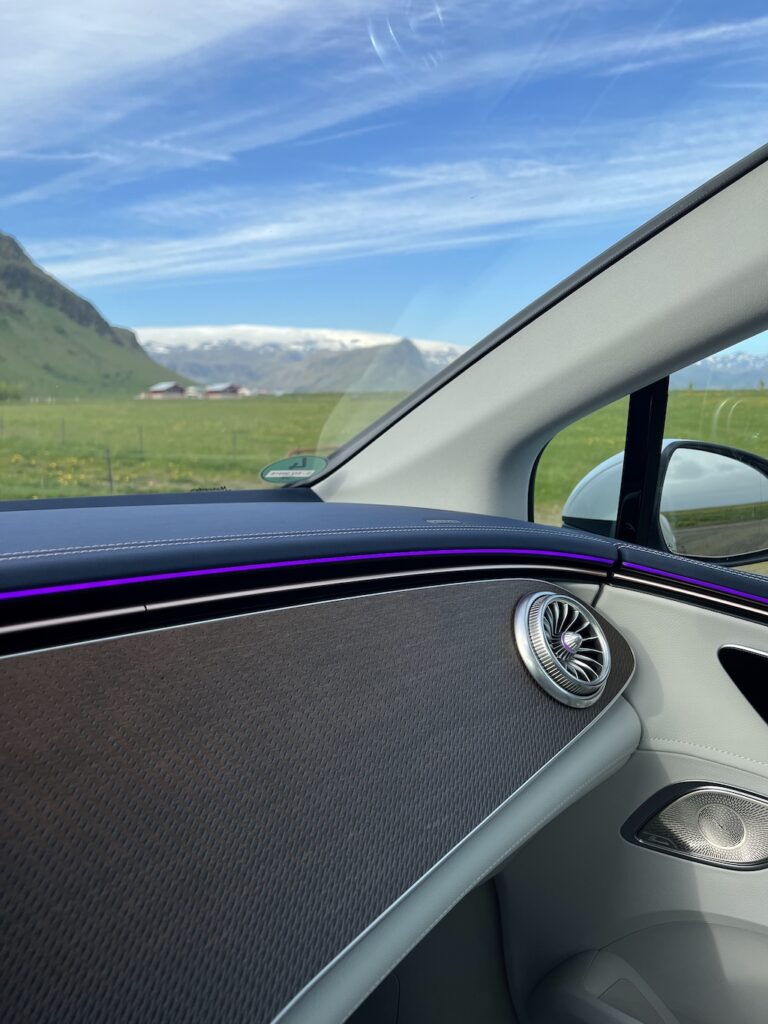
What are the coolest things you yourself discovered in terms of sustainable materials?
Eva Weckenmann: “I love to cook and using fresh and regional ingredients is very important to me. In this context, I am a big fan of beewax wraps that can be used instead of aluminium foil to conserve leftovers or bread. They are reusable and you can even make them yourself – a simple yet really great idea to save resources in everyday life!”
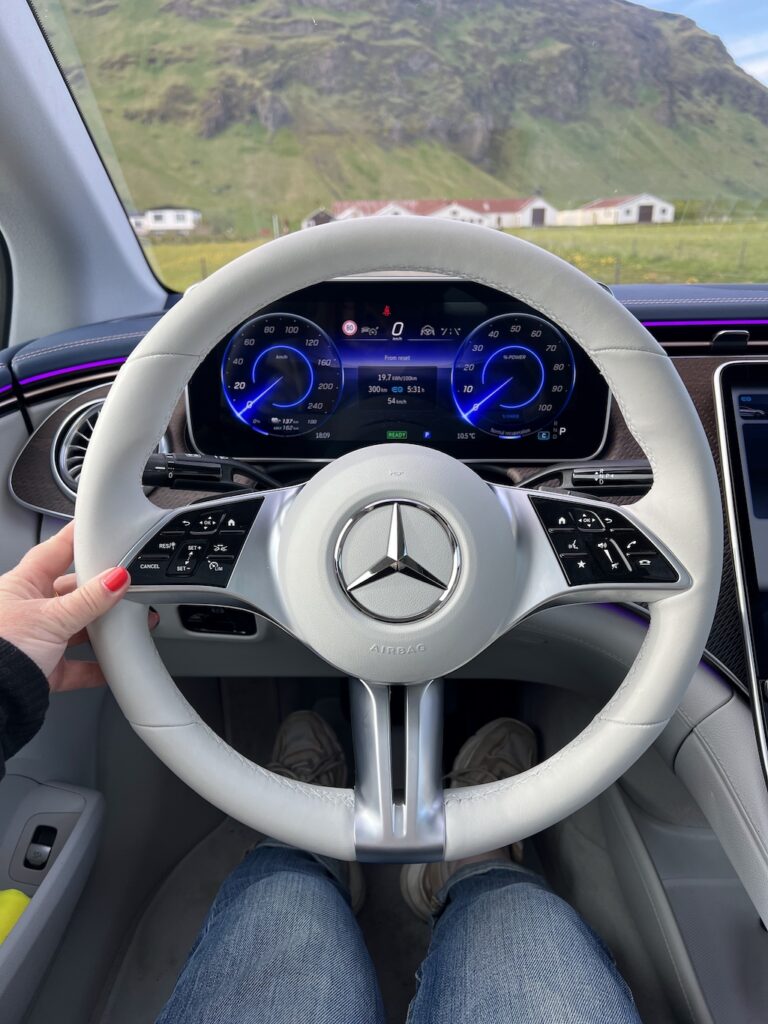
You started at Mercedes-Benz in 2018? How your job has changed since then?
Eva Weckenmann: After my master’s degree in Textile Technology and Management, I started at the Research & Development department of Mercedes-Benz. In Group Research, we enter new paths and shape innovations associated with the future of the automobile. We work in close cooperation with a network of external and internal partners, such as our colleagues from design, to identify innovative materials of the future. Sustainability has always been part of my work, but since I started at Mercedes-Benz, the focus on research for sustainable materials has intensified even further.”
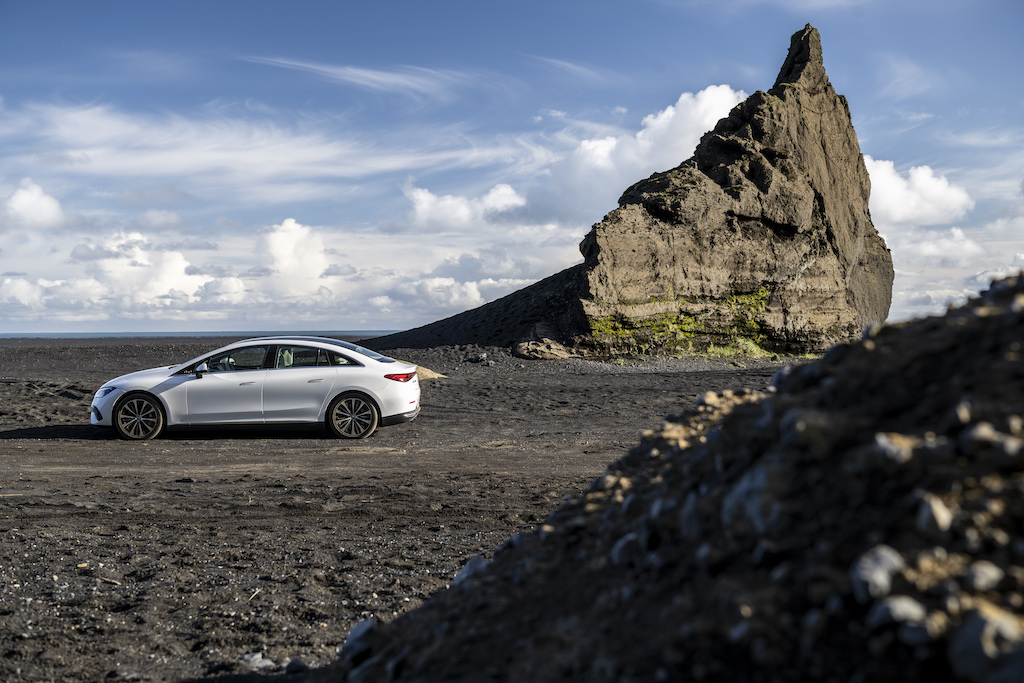
What are the biggest challenges you in your function encounter in terms of sustainable materials?
Eva Weckenmann: “The technical requirements for the use of materials are very high, especially in the automotive sector. Among other things, the materials have to withstand temperature differences of around 100 degrees without becoming unstable, emitting odors or discoloring in order to meet Mercedes-Benz’s particularly high quality requirements. When it comes to sustainability, the limits for us are, among other things, where an alternative material would support monocultures that are negative for the ecosystem.”
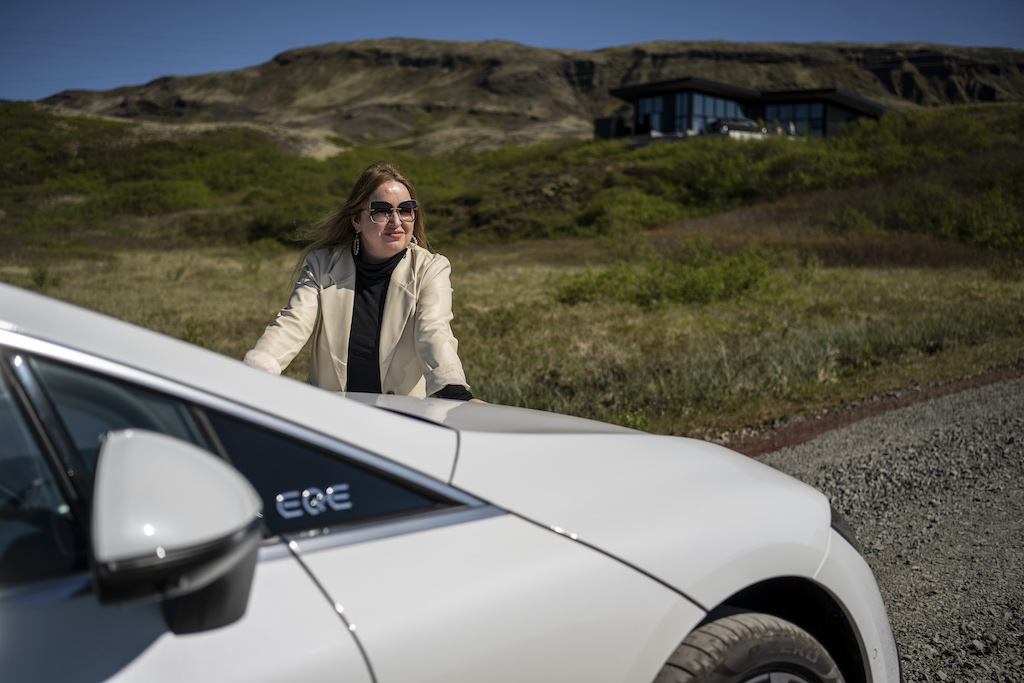
Is there a material you really had high hopes for but in the end you could not work with?
Eva Weckenmann: “We basically look at many different substances that could be used in our cars as potential materials of the future. However, since the products do not only have to meet our high standards of sustainability, but also our Mercedes-Benz top quality standards, we examine very carefully which materials are ultimately suitable for use in the vehicle. Factors such as durability and, not least, appearance, feel of touch and comfort also play a role here. Let’s take vehicle interiors as an example: surface materials must withstand extreme temperatures, sunlight, abrasion from jeans pants and, on the steering wheel, products such as disinfectants or sunscreen – over a long period of time. Only when a material can withstand these requirements, it can be considered for use in the vehicle.”
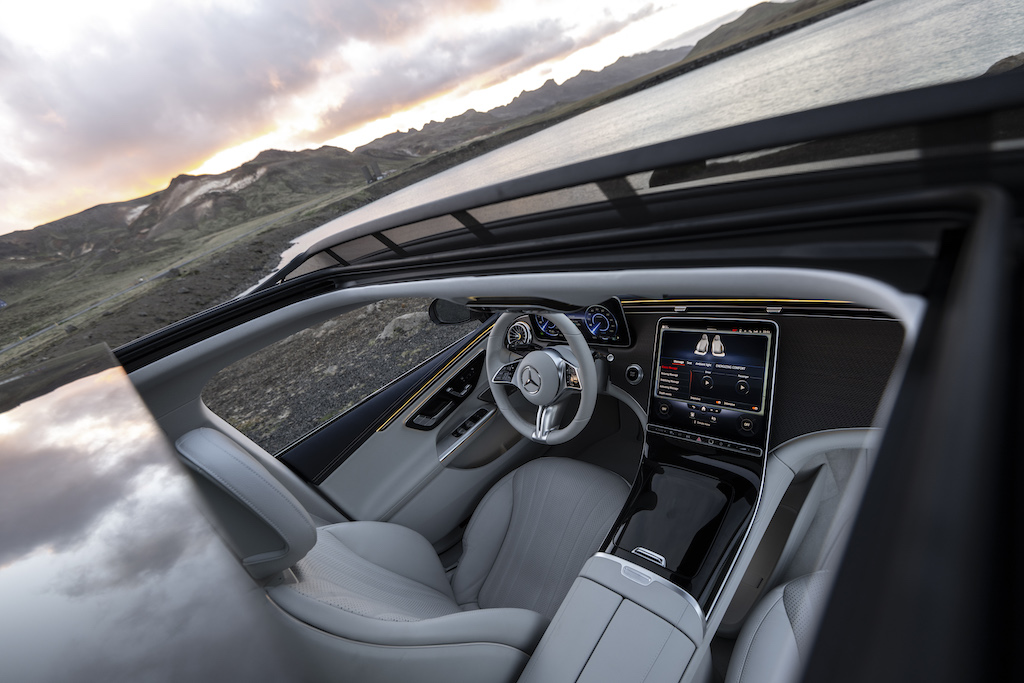
“This is why from 2023 onwards, we will successively offer only sustainably produced and processed leather in all Mercedes-Benz model series.”
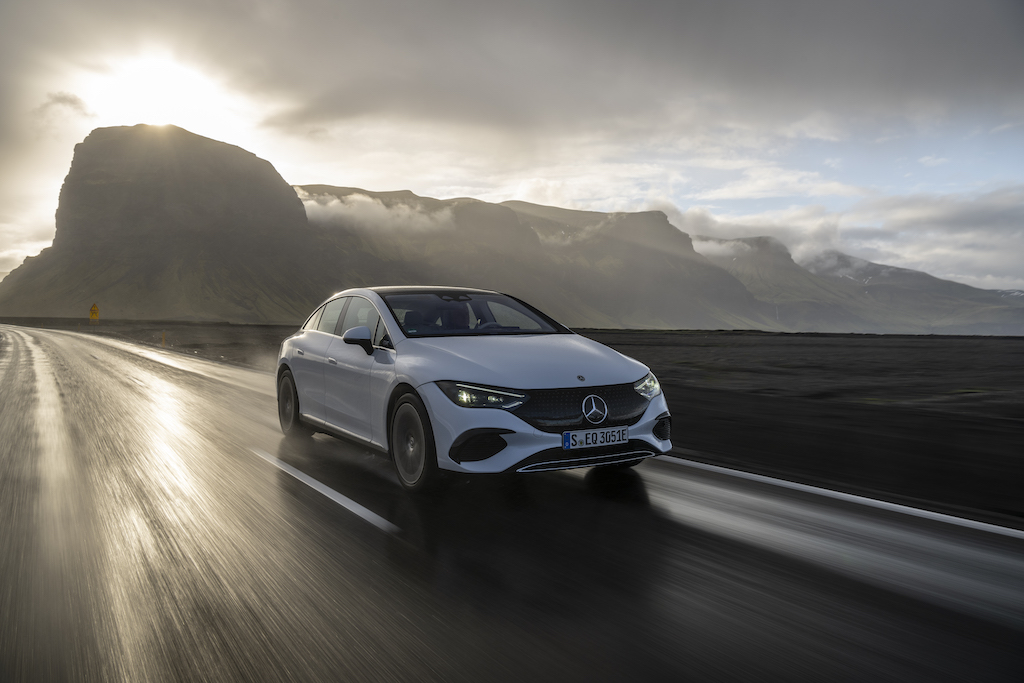
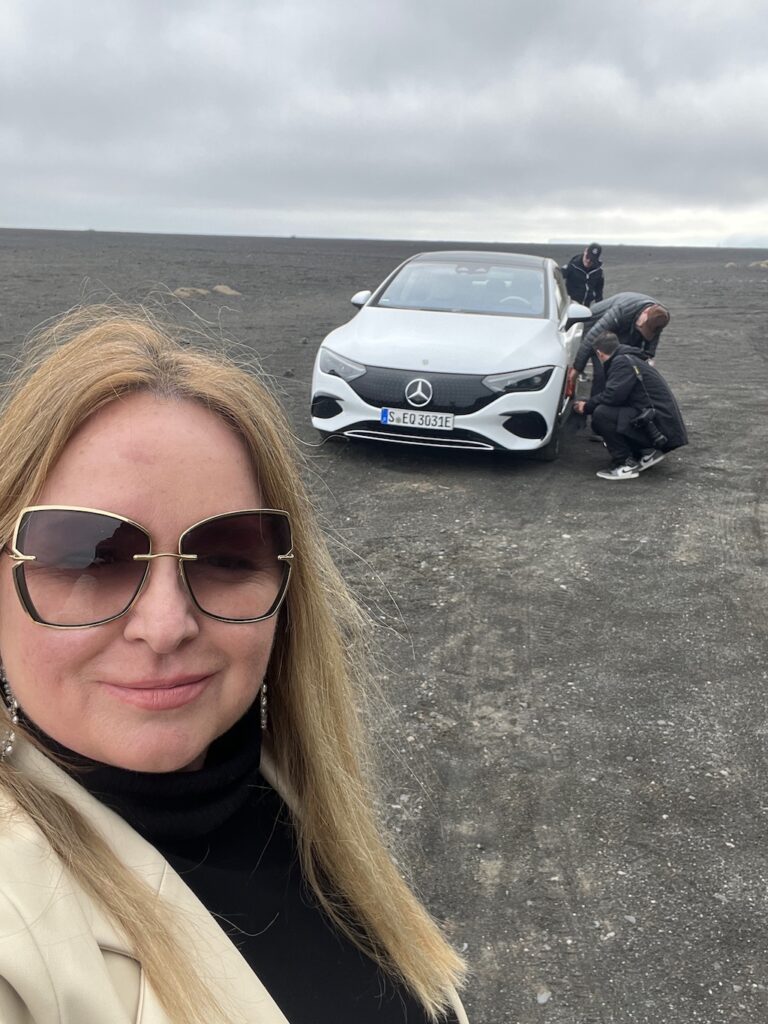
Do you still work on vegan (or other) tanning?
Eva Weckenmann: “When it comes to vehicle interior, leather has been considered a high-quality feature since the early days of the car. Here, too, a holistic, sustainable approach to our environment is extremely important to us. This is why from 2023 onwards, we will successively offer only sustainably produced and processed leather in all Mercedes-Benz model series. Different sustainability aspects such as animal welfare, the conservation of natural forests, and a less environmentally damaging tanning process are important requirements for this. In the leather tanning process for Mercedes-Benz products, for example, only vegetable or alternative sustainable tanning agents that are completely free of chromium may be used in future. These tanning agents could be gained from dried coffee bean husks, chestnuts, or extracts from other renewable raw materials. Also, we work closely with our partners on further environmental aspects such as reducing the use of water, energy, and chemicals in the tanning process. While animal-free leather alternatives are under our concrete research, various leather-free trim options are available in our vehicle interiors, for example a microfiber fleece fabric that contains around 50 percent recycled materials. Our aim is to increase the proportion of the recycled material in the future.”
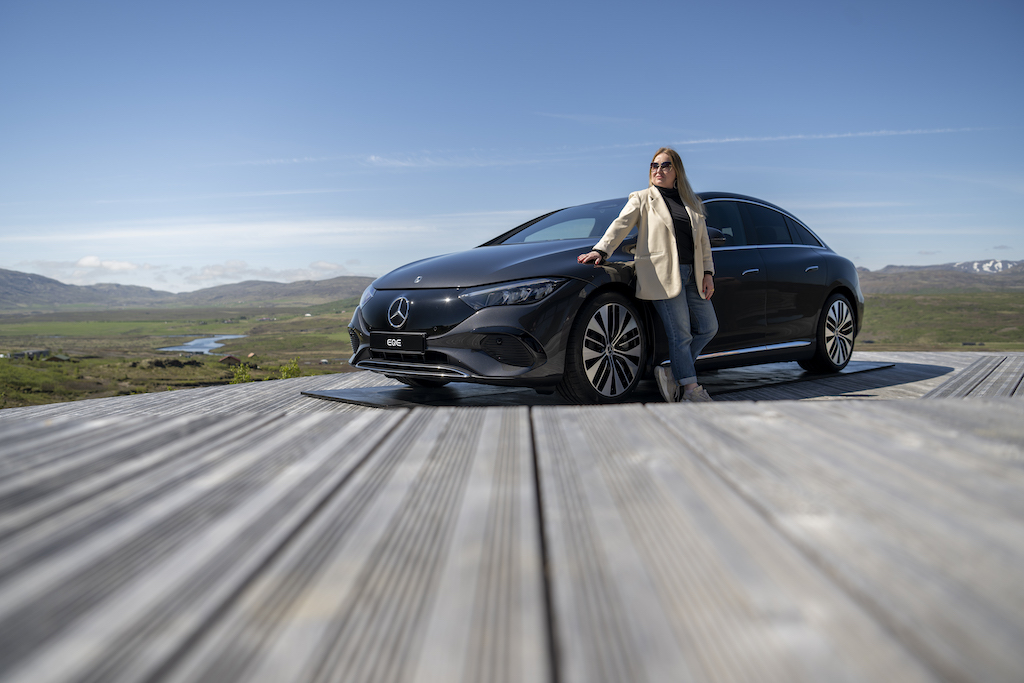
Why do you think sustainable materials will become more relevant in the future? Because sustainable sometimes is not as sustainable as we would think.
Eva Weckenmann: “As we only have one Earth, we must make the greatest possible effort to preserve it for future generations. At Mercedes-Benz, we’re therefore pursuing a sustainable, integrated business strategy, taking the entire value chain into account. An important part of this holistic approach to environmental impacts is the sparing use of resources. We strive for a circular economy because it is an important lever for reducing resource consumption. In Group Research, we are therefore constantly exploring new technologies and researching materials that are in harmony with nature. In doing so, we’re always examining thoroughly how sustainable a material really is. We rely, for example, on lifecycle assessments, which provide information on the sustainability of a product over its entire life span. We won’t automatically opt for a material just because it’s made from renewable raw materials. There are many other environmental factors that need to be taken into account.”
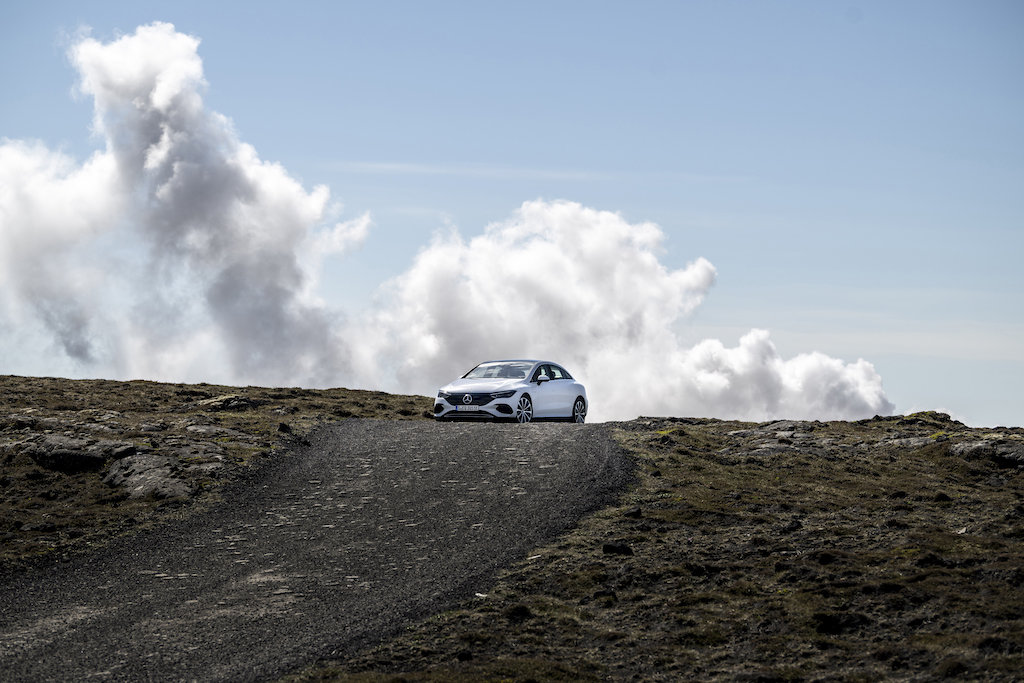


Eva Weckenmann: “I am a big fan of beewax wraps that can be used instead of aluminium foil to conserve leftovers or bread. They are reusable and you can even make them yourself.”
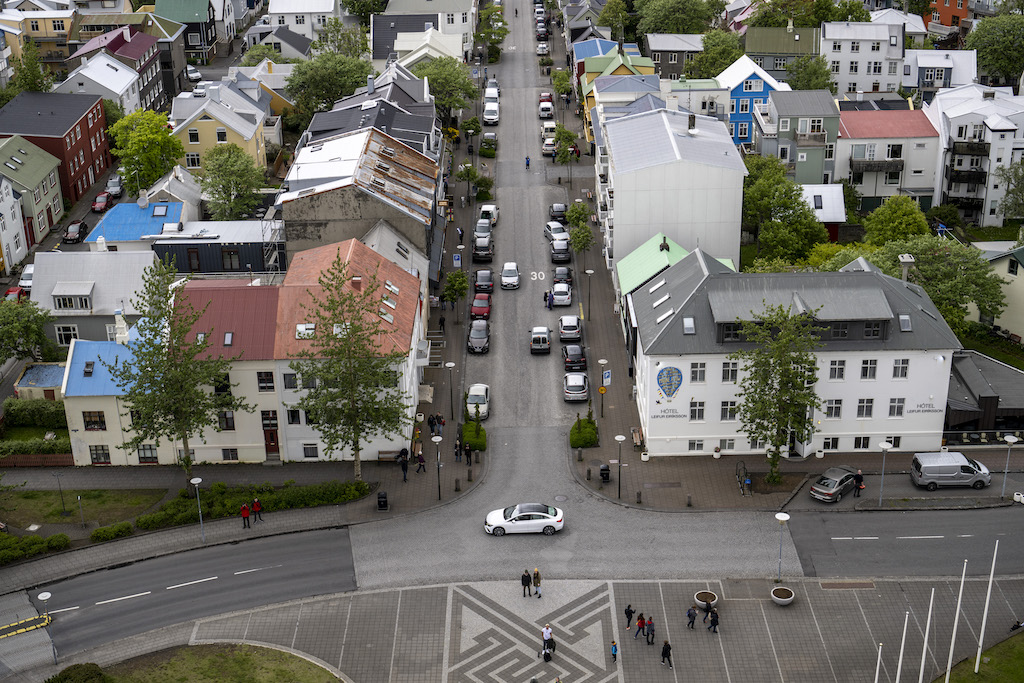
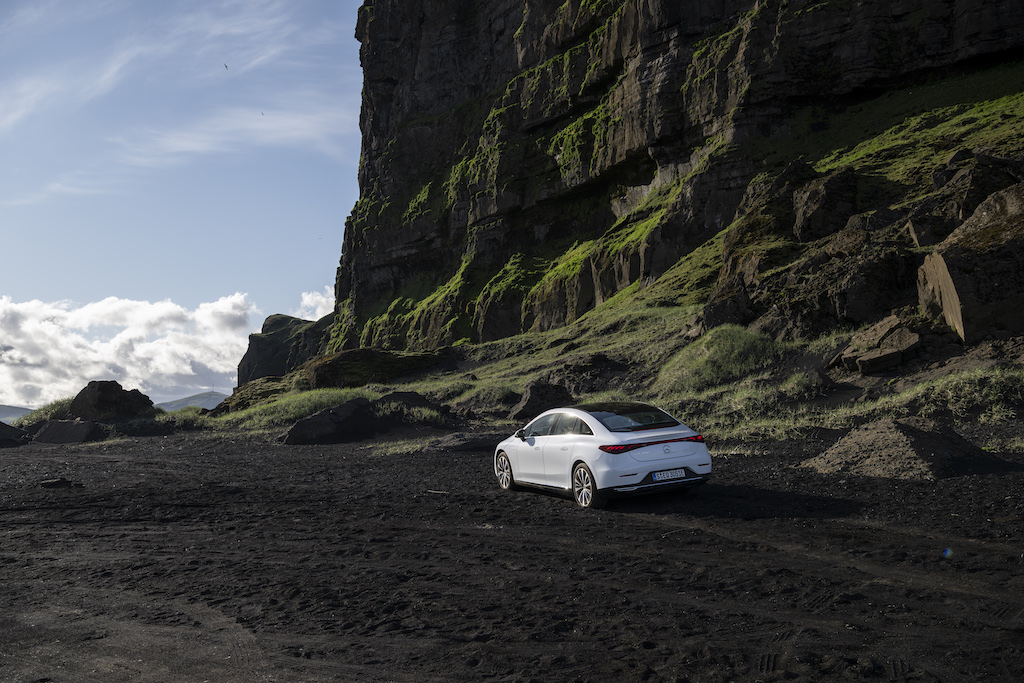
Some brands take recycling a step further and also pay a lot of attention to where the base material comes from. They try to collect and recycle the material as close as possible to their own plant to reduce the footprint? Is Mercedes-Benz also thinking about this?
Eva Weckenmann: At Mercedes-Benz, we’re following an approach called ‘Design for Environment’. This means that we include sustainability in our considerations from the very first step of research and product development. We are increasingly using sustainable materials in our vehicles, and our vision is to transform our entire value chain into as closed a loop as possible. In order to close material cycles, we’re working with our partners on different technologies. One example for this is a material that could soon be used in car door handles: A painted, high-performance plastic that is obtained through innovative chemical recycling, a process, in which difficult-to-recycle plastic waste are broken down into their chemical components in such a way that entirely new materials can be produced from them. The combination of raw materials from chemical recycling with the renewable raw material bio methane reduces the use of fossil-based resources. And the best is: by chemically recycling, for example, used vehicle tyres, they could end up in our cars again. With this, we would have closed the loop.”
